Since its introduction in the 1980s, 3D printing has advanced significantly, and a wide range of businesses currently employ it to address various demands and real-world challenges. According to Grand View Research’s analysis report, the global 3D printing construction market is expected to rise 91 percent by 2028. Architecture is no exception. Pursuing a 3d-printed architecture is becoming the new trend.
But, what is 3D-printing?
3D printing creates three-dimensional models using computer-aided design (CAD) in a layered method. It includes a variety of techniques in which material is deposited, connected, or solidified under computer control to create a three-dimensional object with materials such as plastics, liquids, or powder grains. The Additive Manufacturing technique eliminates the need for a mold while creating physical objects. It can also boost the model’s aesthetics by generating more complicated geometries than conventional technologies.
Learn more about parametric and computational design from pioneers at the CD NEXT conference series:
3D-Printing Technologies
3D printing technology can be classified into three types based on their distinct functioning principles: FDM, an abbreviation for Fused Deposition Modeling, is a technology that involves heating and melting filamentous hot-melt material. At the same time, a three-dimensional nozzle, controlled by the computer, precisely covers the material on the worktable according to cross-sectional profile information and forms a layer after quick cooling. After one layer has been initiated, the machine table is lowered by the thickness of one layer; then the next layer is formed, and so on until the entire solid shape has been created. In SLS, Selective Laser Sintering, Powder spreading is used to distribute a coating of powder material on the upper surface of the molded object and heat it to a temperature slightly below the sintering point of the powder. In SLA, Stereo Lithography Apparatus, the liquid tank is filled with liquid photosensitive resin quickly cures when exposed to the laser’s ultraviolet beam.
3D printing in architecture
3D-printed architecture has recently lent support to architecture by offering the new creative potential of efficiently eliminating the time-consuming and labor-intensive model-making procedures, increasing the sense of discovery throughout the design process, and expanding the frequency and complexity of the iterative process digital models into the actual physical artifact. Workflows seem to be more simplified. Research, concept design, and detail studies can all happen simultaneously, resulting in improved communication both internally and outside now.
While 3d printing cuts the time of constructing architectural models drastically, It also facilitates participation in the planning process by allowing the architect to rapidly print permanent designs or prototypes to communicate their ideas and proposals. Professionals can now present their ideas to clients by tangible models that incorporate precise building or construction site details.
As clients want to make informed decisions by seeing potential building components, competing architects utilize 3D printed models to propose the design and engage their clients since they are highly detailed and provide a clearer idea of the final project.
In light of 3d printing, creating complicated and straightforward building or structural models in hours rather than weeks or months is possible now. As a prominent vantage point of this approach, architects may iterate sophisticated ideas as often as they need without prolonging the project’s timetable. In today’s fast-paced building industry, designers must create 3D models that show relationships between structural aspects in different configurations in the shortest amount of time possible, leading to better visualization of spatial interactions between critical components. To highlight some fundamental structural elements, such as interlocking or overlapping features, or to provide visualizations of accurate site plans, architects could benefit from 3d printing. It may also enhance communication and collaboration when working in multidisciplinary teams or communicating with builders and planners since 3D printed models allow everyone involved to review conveyed ideas accurately.
3dprinting pursues an environmental-friendly purpose as well. In contrast with traditional construction techniques, mostly concrete, this approach experiments with much more sustainable materials, including raw earth, biodegradable bamboo, and recyclable thermoplastics, contributing significantly to reducing carbon footprint, waste, energy, and raw materials. According to a European Commission research, by 2050,3dprinting would save up to 90% of the raw material needed for manufacturing.
3D printed Houses
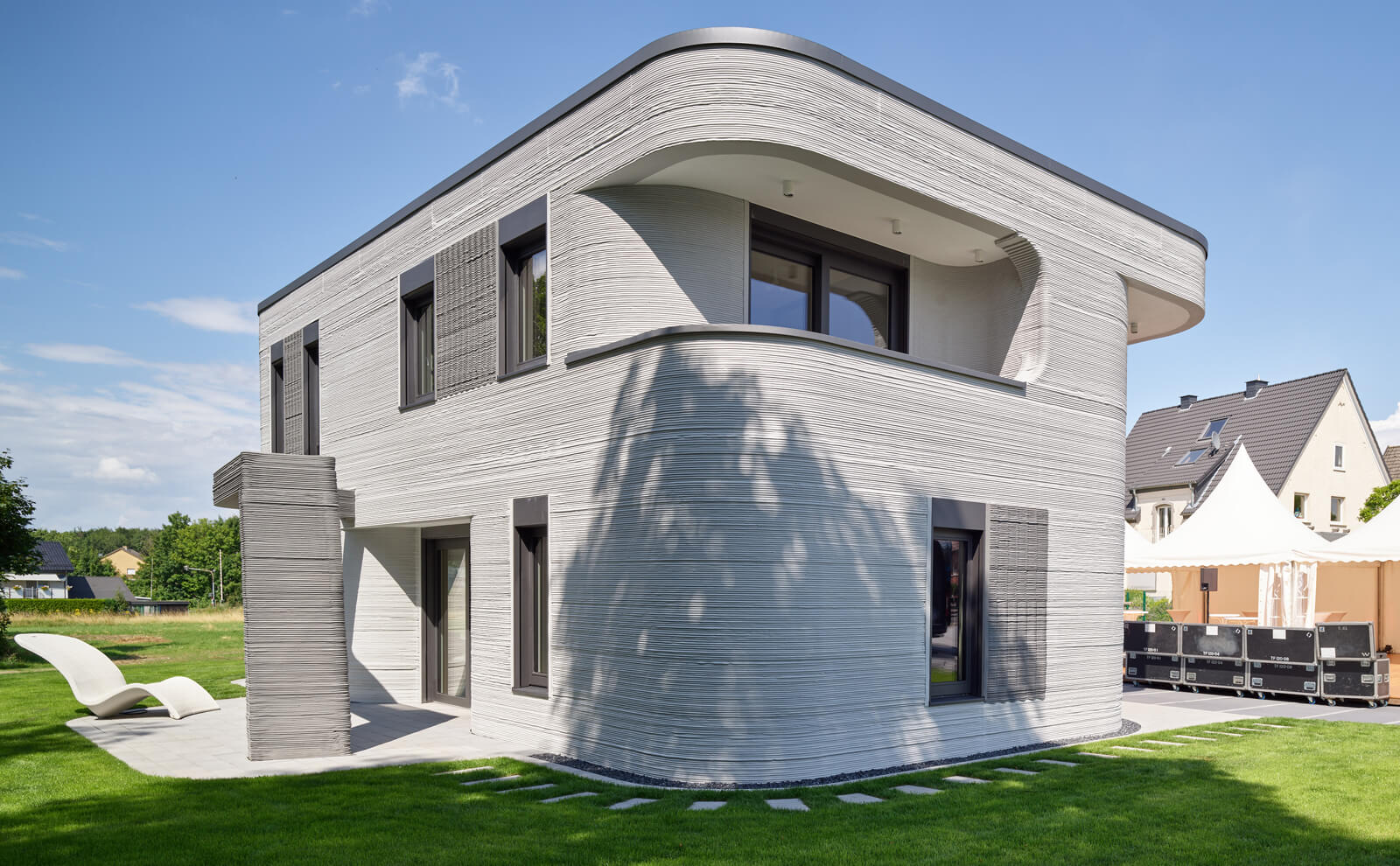
The concept of 3dprinting our homes is not a new one. Faced with the urgent need to build more homes faster and more efficiently due to the global housing crisis, 3D-printed architecture is receiving a significant boost in providing affordable housing and shelter for disaster-hit regions. Various companies are drawn to the idea of printing a structure quickly, and startups around the world are bringing the technology to the mainstream.
Initially used for small-scale prototypes, advances in 3dprinting technology have led to the creation of full-scale structures like bridges and homes. However, there are challenges to overcome. For instance, current 3d printers can only print the walls. Everything else needed for a functioning house is done conventionally.
Mense-Korte Ingenieure + Architekten, together with Cobod, the company with the most success in bringing this technology to market, printed the first-ever market-ready house in Germany. Single-family two-story building with approximately 80 sqm of living space per floor got fully certified under the national government’s building regulations, paving the way for larger and more complex 3D-printed architecture projects.





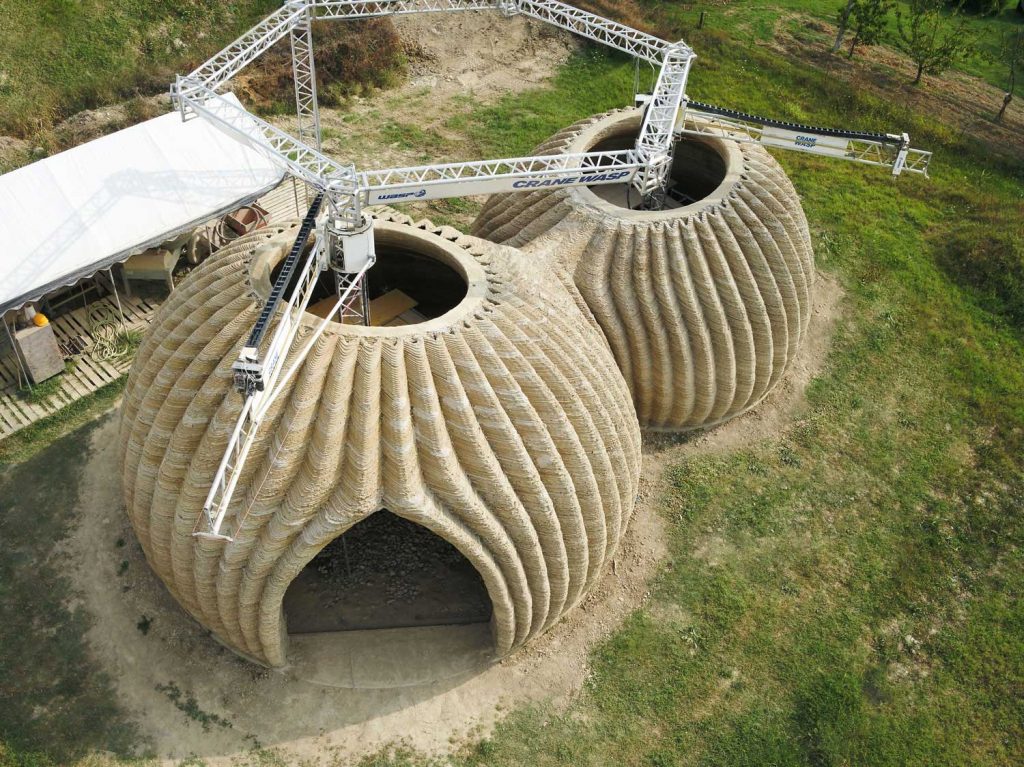




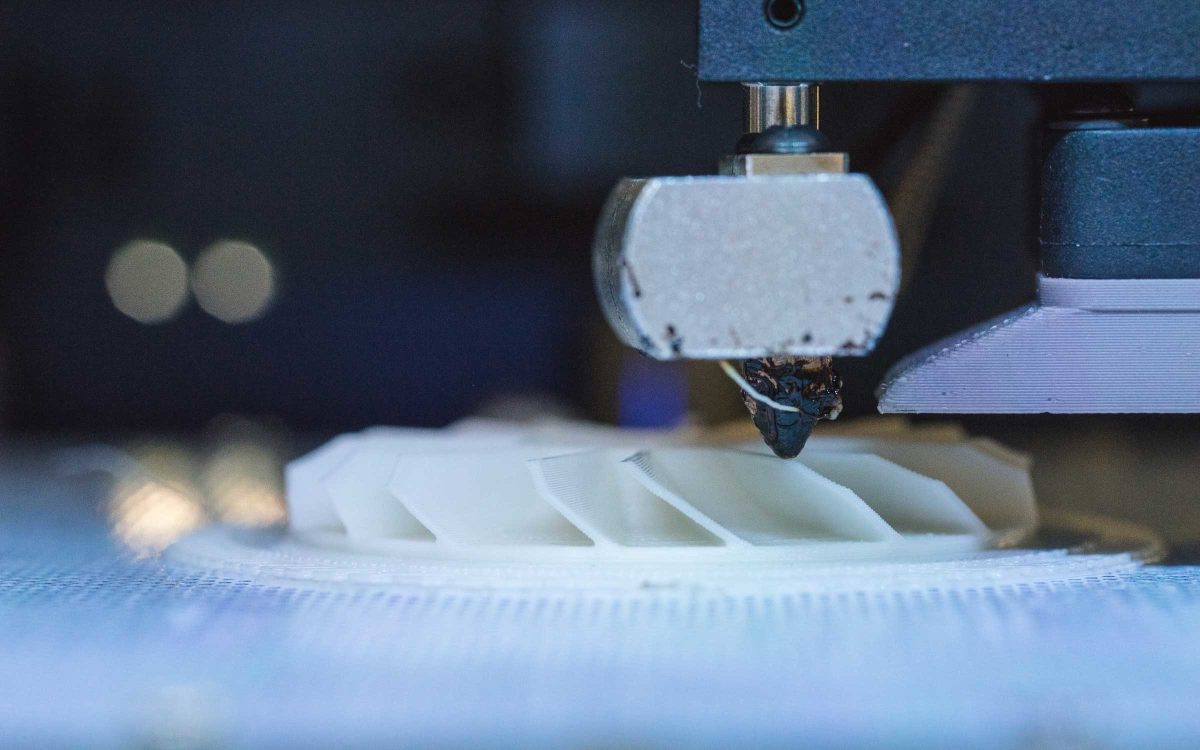
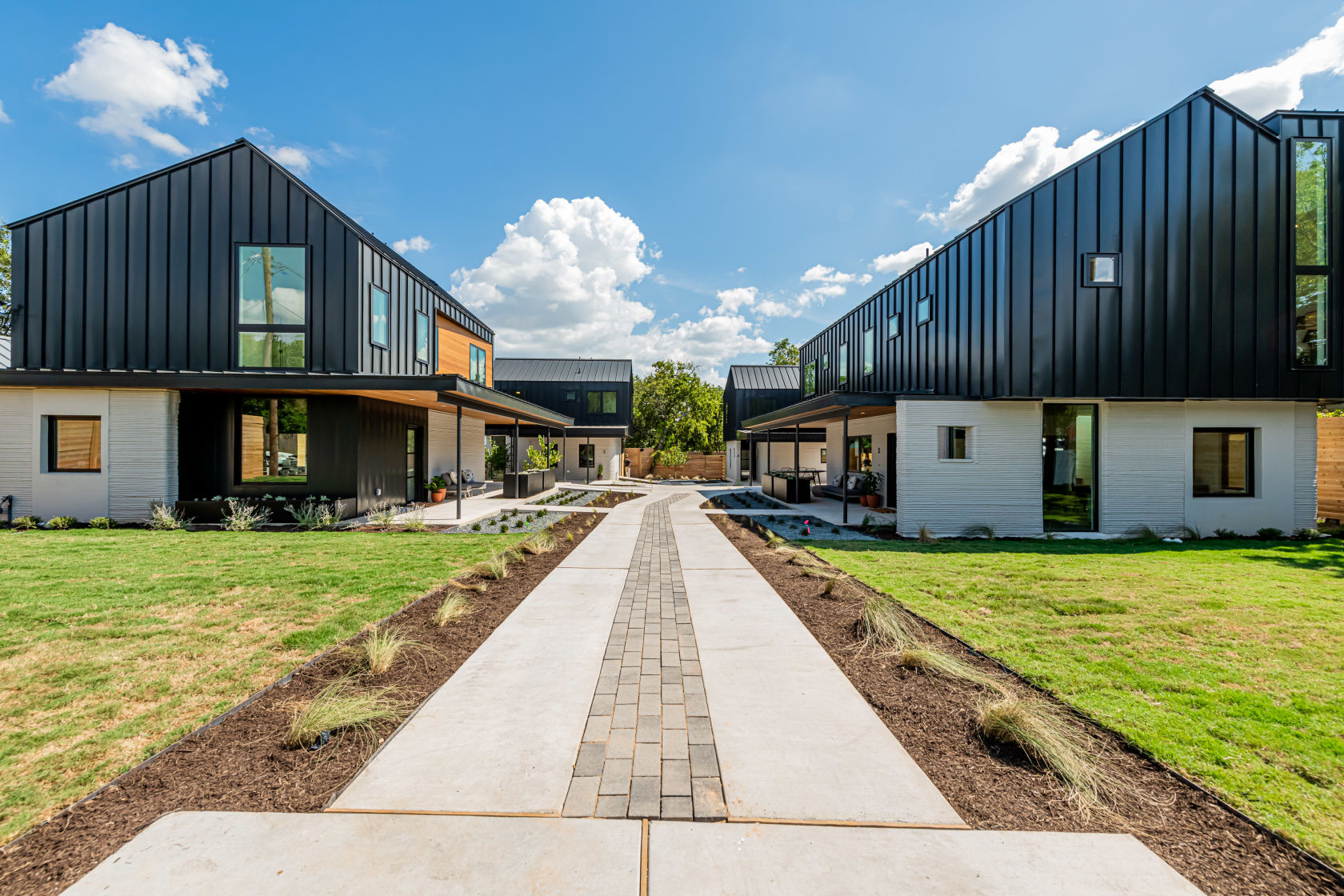
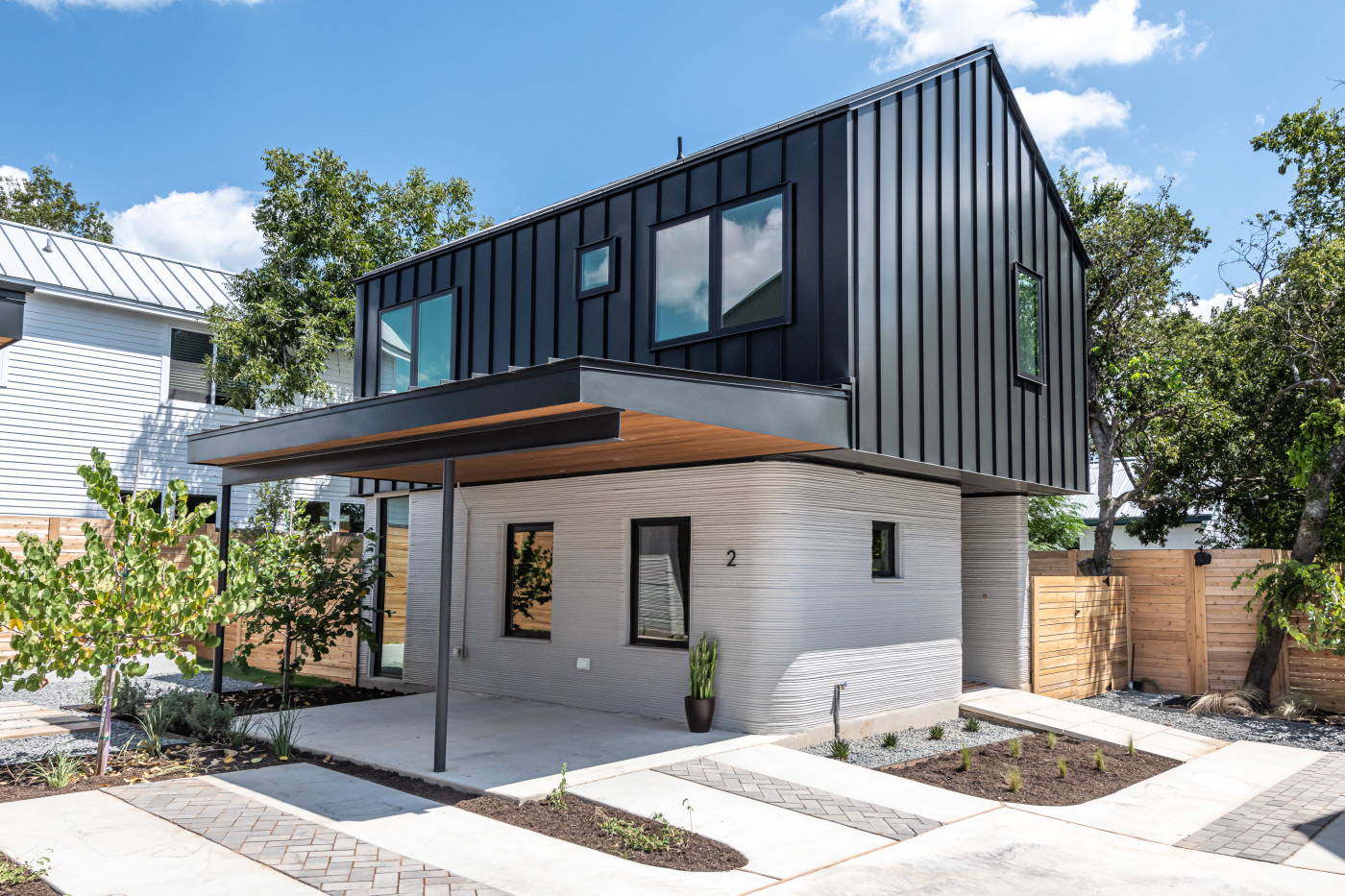
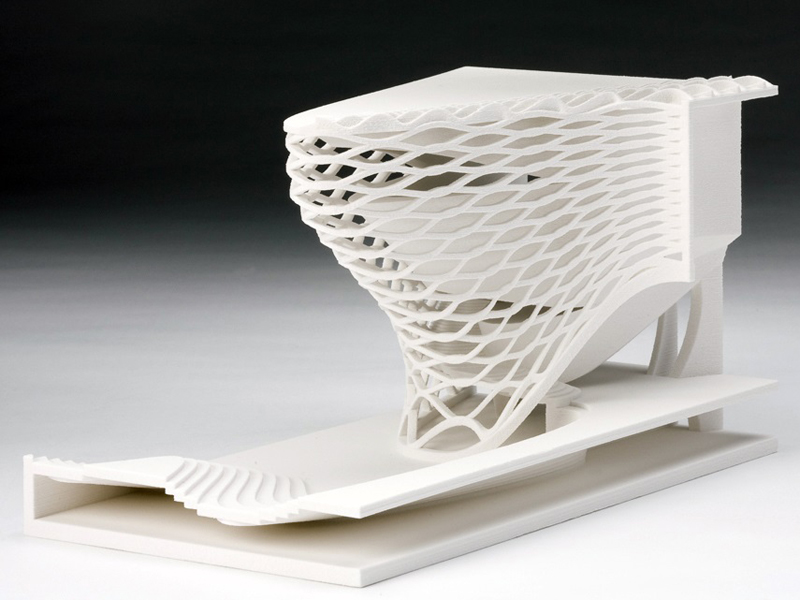

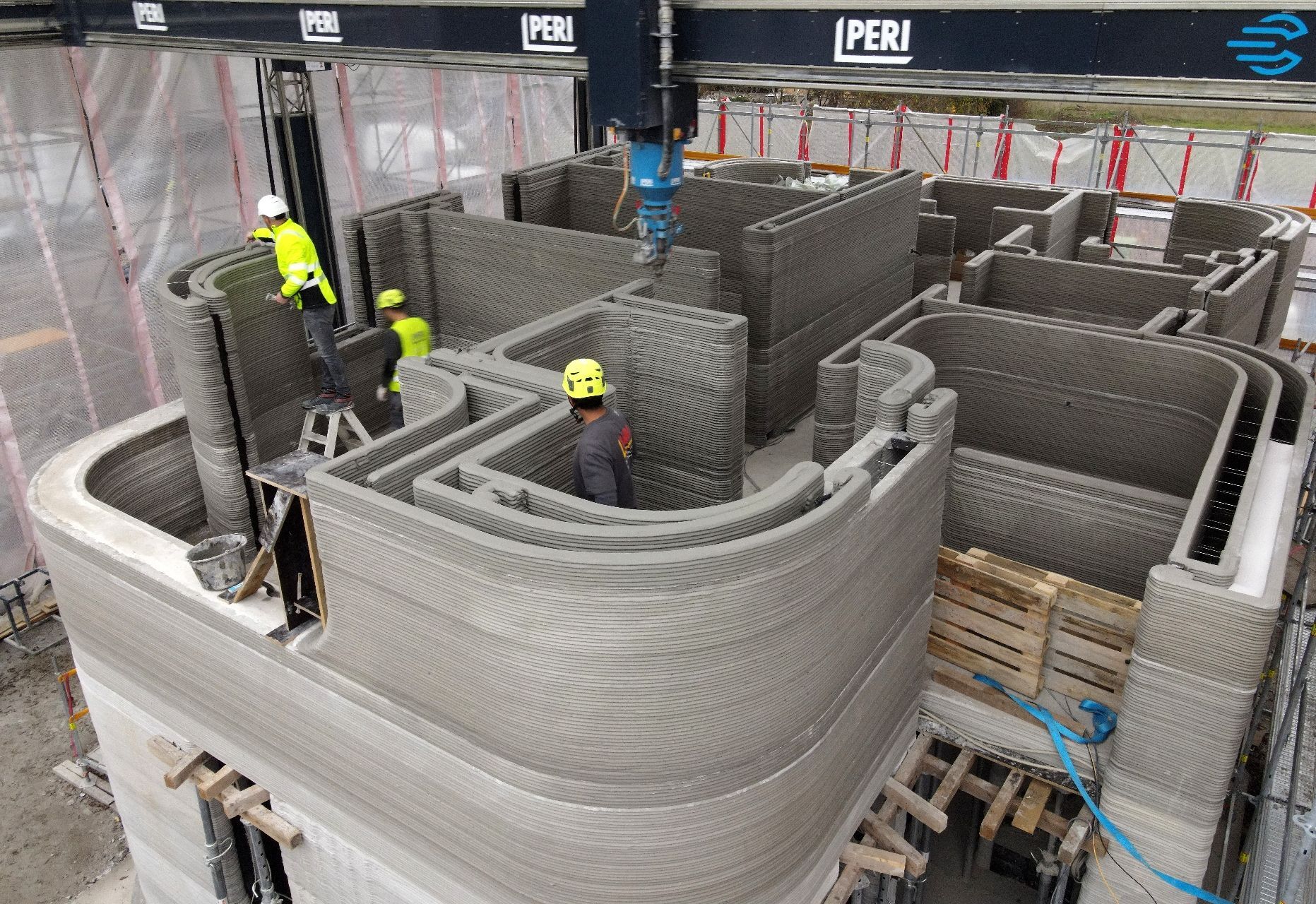






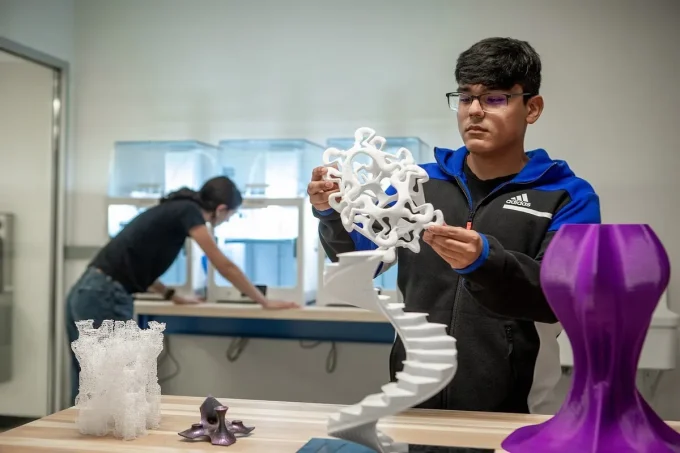

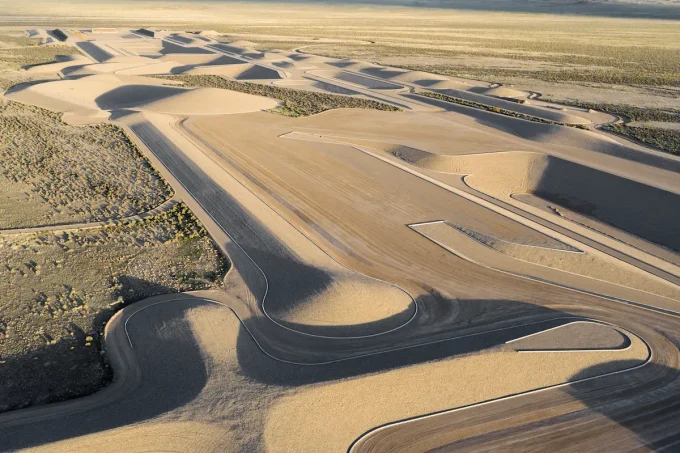




Leave a comment